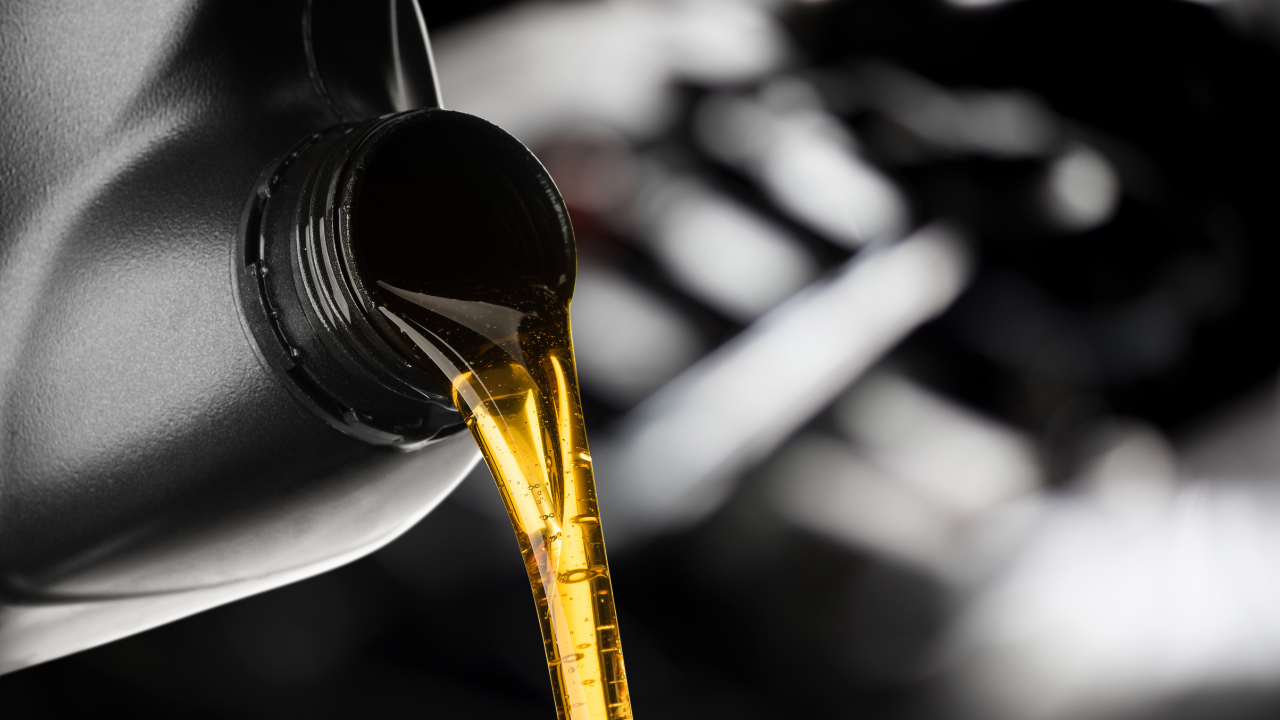Optimize Your System's Life expectancy With the Right Heat Transfer Fluid
Choosing the ideal warm transfer liquid is essential for enhancing system efficiency and durability. The appropriate fluid not just enhances thermal effectiveness but additionally reduces prospective damage on important parts such as pumps and heat exchangers - thermal oil. Recognizing the various sorts of warm transfer fluids and the certain demands of your application can dramatically influence the total wellness of your system. Yet, many neglect crucial variables that can make a substantial difference. What factors to consider might you be missing out on that could eventually influence your system's performance?
Significance of Heat Transfer Fluids

Moreover, heat transfer fluids contribute to the safety and reliability of thermal systems. Furthermore, the best warm transfer fluid can supply security versus rust and scaling, additional prolonging the life-span of equipment and framework.
Kinds of Heat Transfer Fluids
Different kinds of warm transfer fluids are frequently made use of in commercial applications, each customized to details functional needs and temperature ranges. One of the most widespread classifications consist of water, oils, and specialized artificial liquids.
Water is typically utilized because of its excellent thermal conductivity and availability; nevertheless, its restrictions emerge at high temperature levels and prospective cold conditions. For higher temperature level applications, thermal oils, such as mineral oils or natural compounds, are used. These oils give premium thermal security and can operate effectively at raised temperatures, making them suitable for procedures like food processing and petrochemical manufacturing.
Artificial fluids, which can be either natural or inorganic, are developed to meet details performance standards. They commonly display enhanced properties such as reduced toxicity, vast temperature level ranges, and resistance to oxidation. Instances include esters and glycols, which are optimal for specialized applications like solar thermal systems and heat exchangers.
In addition, refrigerants are made use of in cooling systems, leveraging their stage change buildings to take in and launch heat successfully. Each sort of warm transfer fluid provides distinctive advantages and is chosen based upon the particular demands of the application, guaranteeing optimum performance and system durability.
Variables to Consider When Selecting
Picking the suitable heat transfer fluid entails cautious consideration of numerous factors to guarantee optimum efficiency and system efficiency. One of the main variables is the temperature range required for the system. Liquids differ in their thermal security and can lose or disintegrate performance outside specific temperature limitations.
One more important factor to consider is the liquid's thickness, as it impacts pump performance and energy usage. A fluid that is too viscous may prevent blood circulation and rise functional prices. Furthermore, the fluid's particular heat capacity plays a vital role in determining just how properly it can move warm.
Chemical compatibility with system materials is also necessary to prevent corrosion, destruction, or leakages - propylene glycol. get redirected here Making sure that the selected liquid works with the building materials can lengthen the lifespan of the system

Benefits of Correct Fluid Selection
Correct selection of a heat transfer liquid yields substantial benefits for system effectiveness and dependability. The appropriate liquid enhances thermal conductivity, guaranteeing optimum see post heat transfer rates within the system. This performance lessens energy intake, bring about lower functional prices and a minimized ecological impact.
Moreover, ideal liquid option adds to system durability by preventing corrosion and degradation of components. Liquids created with rust inhibitors secure metal surfaces, consequently expanding the lifespan of pumps, pipes, and warmth exchangers. In addition, choosing a liquid with appropriate thickness makes certain reliable flow, which is crucial for keeping consistent temperature level distribution throughout the system.
One more important advantage is the liquid's thermal security. A steady heat transfer fluid can run over a vast temperature variety without damaging down or shedding efficiency, which is important for systems exposed to fluctuating thermal conditions. The ideal fluid can additionally mitigate threats connected to cold or boiling, therefore preventing functional disturbances.
Maintenance Tips for Longevity
Making certain the long life of a warm transfer system requires persistent upkeep practices that enhance the benefits of proper fluid more tips here choice. Normal examinations are vital to determine potential leaks, corrosion, or sediment accumulation that might endanger system effectiveness. Develop a regular timetable to examine pipeline integrity, connections, and fittings, as these areas are typically prone to damage.

Keeping track of fluid degrees and high quality is similarly important. Regularly look for indications of contamination, such as staining or particle issue, which can show degradation of the warmth transfer fluid. Applying periodic fluid evaluation can give understandings right into its chemical residential properties, permitting timely replacements when required.
In addition, preserving optimal operating temperatures is crucial. Encourage the use of temperature controls and sensors to stay clear of getting too hot, which can increase liquid degradation and damage system components.
Last but not least, always stick to the manufacturer's standards regarding fluid substitute periods and maintenance protocols. By dedicating to these best techniques, you can dramatically improve the functional lifespan of your warm transfer system, ensuring reliable performance and decreasing the requirement for premature substitutes or pricey repairs.
Final Thought
In verdict, the selection of a proper warm transfer fluid is critical for boosting system performance and long life. By recognizing the numerous kinds of liquids and taking into consideration essential factors such as thermal conductivity and rust resistance, ideal performance can be attained.
Heat transfer fluids play a crucial duty in numerous commercial and commercial applications by facilitating the effective transfer of warm in between surfaces.In addition, heat transfer fluids add to the security and reliability of thermal systems. Furthermore, the fluid's certain heat capability plays a vital duty in establishing how successfully it can move warm.
The best liquid enhances thermal conductivity, ensuring ideal heat transfer rates within the system. A stable warmth transfer fluid can operate over a large temperature level array without breaking down or losing efficiency, which is vital for systems revealed to rising and fall thermal conditions.